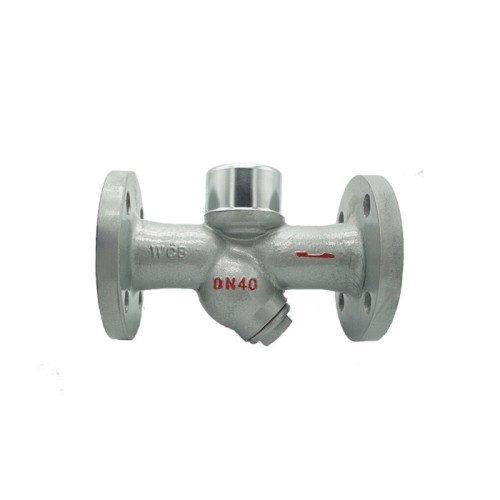Spring Loaded Check Valve for Enhanced Performance in Fluid Systems
Spring Loaded Check Valve An Essential Component in Fluid Control Systems
In various industries, maintaining fluid integrity and preventing backflow are paramount. A spring-loaded check valve is a critical component designed to fulfill these requirements effectively. This article explores the significance, operation, and applications of spring-loaded check valves, particularly those produced in China, highlighting their essential role in today's fluid control systems.
What is a Spring Loaded Check Valve?
A spring-loaded check valve is a type of one-way valve that allows fluid to flow in one direction while preventing reverse flow. This valve operates automatically, relying on the pressure of the incoming fluid to open and a spring mechanism to close. The design ensures that when the fluid flow stops or attempts to reverse, the spring closes the valve tightly, preventing backflow and potential damage to the system or contamination of the fluid.
Mechanism of Action
The functioning of a spring-loaded check valve can be broken down into simple steps. When fluid enters the valve from the inlet side, it exerts pressure against the disc or ball, which is lifted off its seat, allowing fluid to flow through. As the flow diminishes or stops, the spring pushes the disc back down, sealing off the flow path. This automatic operation means that the valve requires no external power source, making it a highly efficient and reliable device in fluid control systems.
Advantages of Spring Loaded Check Valves
1. Prevent Backflow The primary advantage of using a spring-loaded check valve is its ability to prevent backflow, ensuring the integrity of the fluid system and protecting downstream equipment.
china spring loaded check valve

3. Low Maintenance With their simple design and automatic operation, spring-loaded check valves typically require minimal maintenance compared to other types of valves, resulting in lower operational costs over time.
4. Versatility Suitable for a wide range of applications, spring-loaded check valves can handle various media, including gases, liquids, and slurries. Their adaptability makes them popular in many industrial sectors.
Applications in Industry
Spring-loaded check valves are widely utilized across many sectors, including
- Water and Wastewater Treatment These valves prevent backflow in pipelines, safeguarding reservoirs and treatment plants from contamination. - Oil and Gas In this sector, check valves help maintain pressure and protect infrastructure by preventing the reverse flow of crude oil and natural gas. - HVAC Systems These valves are often found in heating and cooling systems to ensure proper flow direction and enhance system efficiency. - Pharmaceuticals and Food Production In these critical industries, maintaining fluid purity is essential. Spring-loaded check valves help achieve this by preventing contamination from backflow.
Conclusion
The spring-loaded check valve is a vital component of fluid control systems, offering reliability, efficiency, and protection across various applications. With a growing manufacturing base in China, these valves are increasingly accessible to industries worldwide, ensuring that fluid integrity is maintained while meeting the stringent demands of modern applications. Whether in water treatment, oil and gas, HVAC, or food production, spring-loaded check valves play an indispensable role in ensuring systems operate smoothly and safely. As technology and manufacturing processes continue to evolve, the future of these valves looks promising, with potential innovations enhancing their performance and reliability even further.
-
Premium Remote Ball Valves for Automated & Safe OperationNewsSep.01,2025
-
The Advantages Of Steel Globe Valves For Industrial SystemsNewsAug.31,2025
-
Gate Valves: Key Components For Efficient Water Supply SystemsNewsAug.31,2025
-
Gas Isolation Ball Valves: Essential For Safe And Efficient Gas ManagementNewsAug.31,2025
-
Efficient Fluid Control With Flanged Ball ValvesNewsAug.31,2025
-
Choosing The Best Forged Steel And Cast Steel Lift Check Valves For Your SystemNewsAug.31,2025
-
Check Valves For Sale: Essential Components For Flow ControlNewsAug.31,2025




